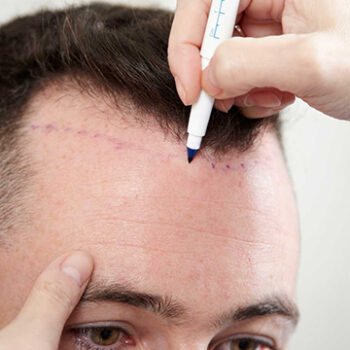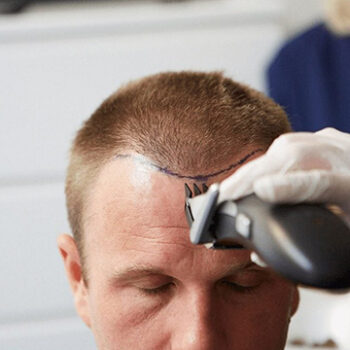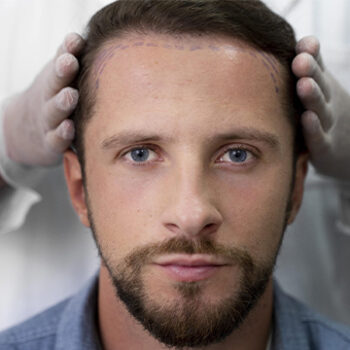Hair transplant is a microsurgical procedure designed as a solution for patients suffering from hair loss. Therefore, people who are considering having this procedure done often wonder if they will experience pain and pain during and after the procedure, whether male or female.
Before starting the hair transplant, the doctor first applies local anesthesia, aiming to minimize the feeling of pain and discomfort, and loss of sensation in the patient. Local anesthesia is an effective type of anesthesia that provides loss of sensation in the area where it is applied. Since local anesthesia is administered subcutaneously using a very thin needle, the patient does not feel pain or discomfort during the injection, but may feel a little irritation.
Some patients, because they think that local anesthesia will not be effective and they will experience pain and discomfort during the hair transplant, look for other solutions. An alternative method for people who do not want to have local anesthesia in hair transplants is the application of sedation anesthesia. Sedation anesthesia is a type of anesthesia that does not completely puts patients into sleep, but in a state close to sleep where the procedures are not felt. Some patients ask the doctor to administer general anesthesia. Sedation anesthesia is very close to general anesthesia, the only difference is that the patient isn’t completely asleep.
Hair transplant is a procedure that takes an average of 6-8 hours, although it varies depending on region and the method of surgery. We’ve established that since local anesthesia is applied during hair transplantation, pain and discomfort are not felt. After the operation, with the waning of local anesthesia, the patient’s pain and discomfort sensations are restored. The patient may feel minimal pain and discomfort after the hair transplant. These aches and pains will pass with the painkillers prescribed by the doctor. Headaches are expected and are normal in early recovery, pain and discomfort are not expected to be experienced as the patient enters the recovery process quickly in the following period. If a patient has long-term and severe pain, they can inform their doctor.
What are the Complications Experienced After Hair Transplants?
- The most common complications after hair transplants are swelling and edemas. It is normal to see swelling and edema due to trauma to the operation area during transplantation. The patient will heal by resting and drinking plenty of fluids. If the patient does not rest well and get enough bed rest, this edema could go down to the forehead area.
- Drowsiness in the patient after the hair transplant due to the effect of local anesthesia applied during the procedure may be a complication that continues for a while. Although the amount of anesthesia to be applied is related to the resistance of the patient, the duration and severity of numbness varies from patient to patient.
- If hair transplantation is performed by inexperienced and untrained practitioners, patients may complain of asymmetry and an unnatural appearance. If the patient chooses the best hair transplant center for themselves, this complication will be avoided.
- When bandages are removed from the donor area after hair transplant, slight bleeding may occur. These bleedings are normal but in case of excessive bleedin, the doctor should be informed. In addition, any blood thinners that the patient uses should be and then started again under doctor’s supervision.
- Hair follicles that are taken from the donor area and newly transplanted to the recipient area during hair transplants coul be dislodged if the patient does not pay attention to the rules set by the doctor. In addition, if the hair follicles to be transplanted are not placed in the opened channels at the required depth, there is a possibility that the hair follicles could be dislodged.
- The appearance of scabs on the scalp during the recovery period of the patient is a sign that the treatment areas have healed. Even if there is a feeling of itching in these scabs, they should not be scratched, rubbed hard and the scabs should not be peeled off.
- Not taking the drugs prescribed by the doctor or the hair transplant not being performed in a sterile environment with sterile materials increases the risk of infection of the patient.
- Finally, there is a risk of necrosis in hair transplants performed negligently and by individuals who have not been trained in this field. Patients should choose the best hair transplant center for themselves in order to avoid necrosis.

 English
English Français
Français Deutsch
Deutsch Türkçe
Türkçe 中國人
中國人



































